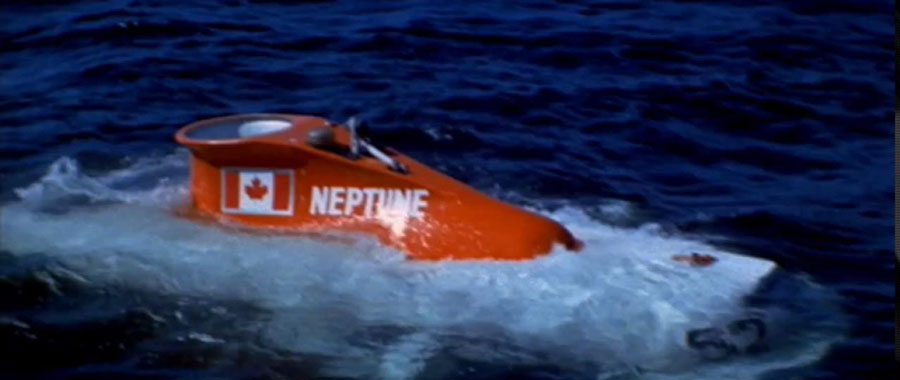
There are some fantasy, science fiction, and horror films that not every fan has caught. Not every film ever made has been seen by the audience that lives for such fare. Some of these deserve another look, because sometimes not every film should remain obscure.
Sometimes, there’s a conflict of scale when it comes to your ambitions versus your ability…
The Neptune Factor (1973)
Distributed by: Twentieth Century Fox
Directed by: Daniel Petrie
Hey, at least they tried…
That’s sometimes the best thing you can say when explorers set out on a grand adventure that doesn’t lead to success. Most of the time the people involved come back disappointed, unhappy that they didn’t succeed, with maybe the consolation of having learned something to help the next group make it.
Frankly, so long as your effort goes a lot better than Henry Hudson’s last voyage, you’re doing okay. With the bar set so low, you can easily live with a little disappointment.
Speaking of disappointment…
We’re told through an opening title card that we’re in the middle of the Atlantic Ocean, above the Muir Seamount, as the camera zooms in on the ship in the frame, the RV Triton out of Halifax. The vessel is the topside operations supporting Oceanlab II, an undersea habitat and research station, with a mission that doesn’t bother to get explained until 40 minutes into the film.
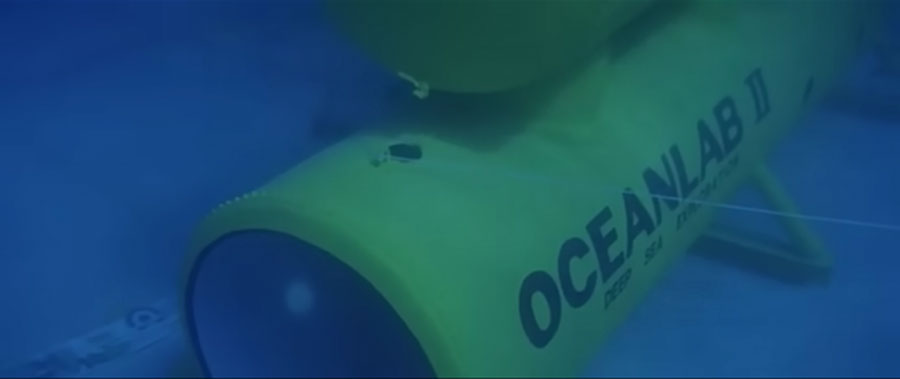
The mission is overseen on the surface by Dr. Samuel Andrews (Walter Pidgeon), whose right had is Dr. Leah Jansen (Yvette Mimieux). Below the waves, Dr. Hal Hamilton (Michael J. Reynolds), who happens to be Dr. Jansen’s lover, is in command, although the real power is held by Chief Diver John “Mac” MacKay (Ernest Borgnine).
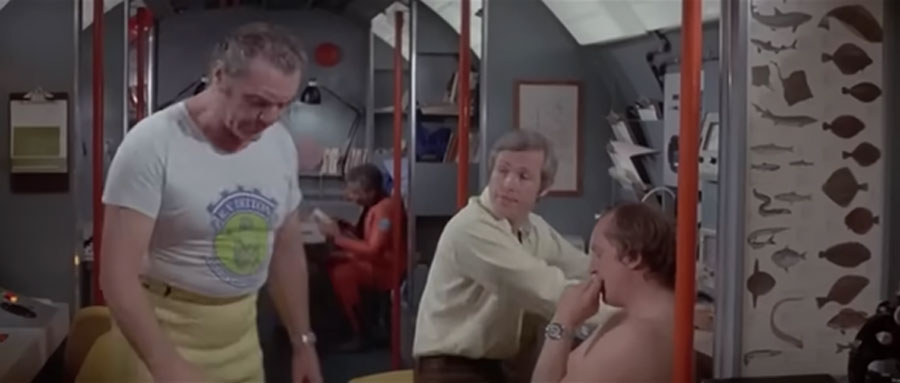
During a crew rotation, while Mac and diver Bob Cousins (Donnelly Rhodes) are topside, an earthquake hits the underwater volcano, putting Oceanlab II out of communication. When divers head down to find out what’s happened, they discover that the underwater module has been dislodged and slipped down the edge of the mountain. One of the divers sent down to look, Dr. Jansen, in a panic tries to follow the ridge to find it, but goes too deep and gets the bends.
The search for Oceanlab II is picked up by the HMCS Onondaga, which finds nothing after running sonar sweeps in the area. When they break off the search, they note that the submersible Neptune II is their best bet for finding out what happened to the module.
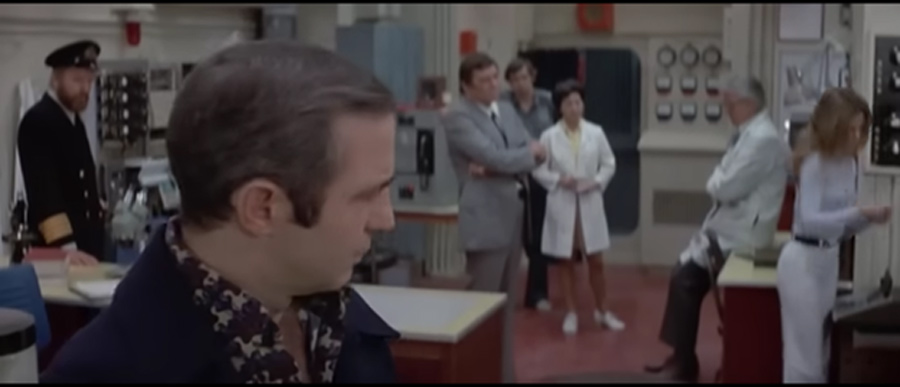
The Neptune II shows up on a barge, followed soon after by Commander Adrian Blake (Ben Gazzara). Blake is going to pilot the Neptune to continue the search, but there’s tension between him and the crew of the Triton: While all of the people on site want to make sure that their missing crew is found and rescued, Blake is of the opinion that none of them could still be alive. They all have hope, and he assumes that with the drop off from the site about 350 meters, there’s no way they could have survived.
The first dive, with Blake commanding the submersible and Mac and Cousins as crew, finds evidence that’s inconclusive. It requires a second dive, one includes Dr. Jansen on board. Just before the second mission is scrubbed, Dr. Jansen does something rash, which sends the Neptune down into a realm of dangerous wonder…
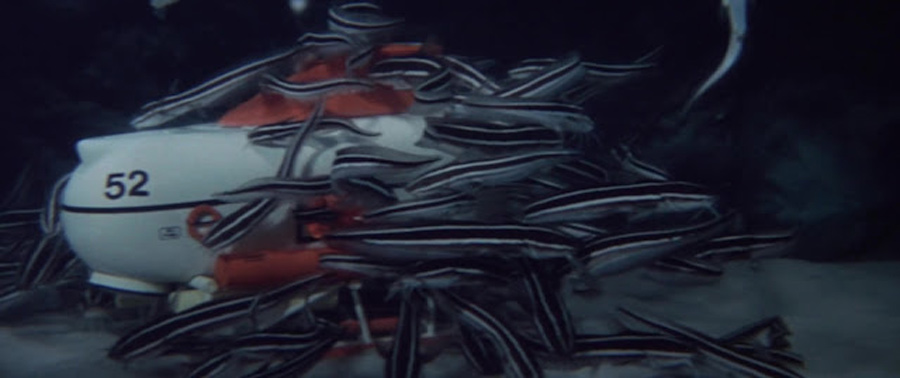
Well, it may have supposed to have been one of dangerous wonder, but when we get to the Neptune’s final depth, it looks cheesier than a mountain of poutine. The giant creatures the Neptune finds never look all that threatening, largely because the FX shots of the submersible underwater never look like anything more than a toy that got dropped in a fishtank.
A fishtank, by the way, filled with normal looking fish that rarely get beyond a few inches in length, all of which are found in the Pacific, making them end up here a bit of a distraction. It might have helped if the film had been more scientifically accurate, as at 350 meters down you find yourself in the Mesopelagic Zone, where only 1% of sunlight makes its way down there; they could have kept the screen darker than it was on the Game of Thrones episode “The Long Night” and shielded themselves from any criticism…
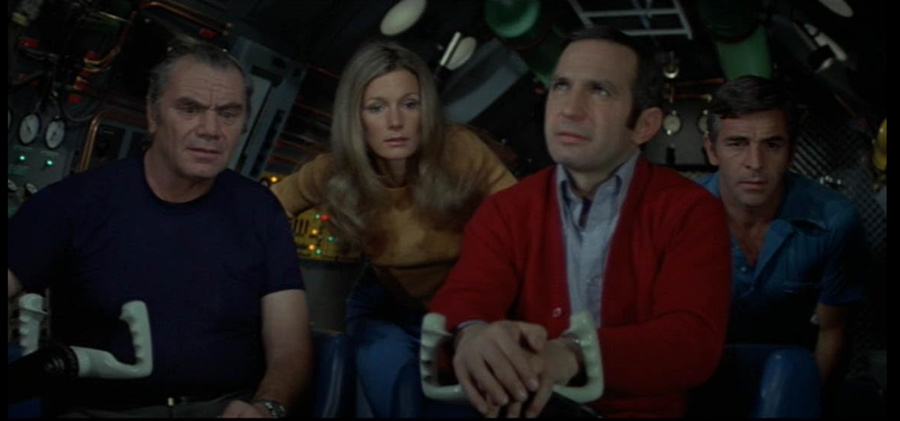
The film’s ambitions, to be this undersea adventure spectacle, are badly undercut by the cheap effects that the film leads up to, despite some decent sound engineering by Kenneth Heeley-Ray to try and make the monsters at least a little threatening. The sad fact, however, is that even with some of the best VFX that you can find today in shops in Montreal and Vancouver, the movie’s languid pacing, unimpressive script, and a cast that either acted like didn’t care to be there (such as Pidgeon) or like they were annoyed to be on set at all (such as Gazzara), insured that the film was never going to be anyone’s favorite.
It’s at times like these, when you end up with an underwater odyssey that makes Hello Down There look like an episode of The Undersea World of Jacques Cousteau, that you’re tempted to ask: Who could have enabled such a work as this to exist?
In this case, there is an answer…
In 1967, the Canadian government founded the Canadian Film Development Corporation, which would be renamed Telefilm Canada in 1984. The purpose of the Crown corporation was to encourage and promote the Canadian film industry, by facilitating any production through coordination of talent and resources, including direct grants of $CAN 200,000 to cover production costs (about $985,286 as of this writing).
When screenwriter Jack DeWitt came up with the original story, he brought it to Sandy Howard, who looked for partners to help make the pic. He struck a deal with Harold Greenberg, the owner of the Montreal-based Astral Photo, a chain of 125 film stores in Canada. That year, Greenberg had reorganized his company to enable it to produce films as well as develop them.

Greenberg was willing to oversee the production; however, he had a few conditions: He and David Perlmutter, a Toronto-based accountant who was adept at creating tax shelters, had to be made executive producers. In addition, for the sake of including more Canadian participation (likely needed to get CFDC help) Walter Pidgeon was added to the cast (which is why his role seems so superfluous to the film) and Daniel Petrie was brought on to direct.
Petrie’s CV up to this time mainly consisted of work in television, and his approach to The Neptune Factor betrays his roots. The feel for the film is one of doing the best they could with what they had, which would seem to be risky as the purpose behind CFDC was to show the world that Canada could make a film just as well as they do in the US or UK. From the results of this production, one would expect a reckoning in Montreal for how this turned out.
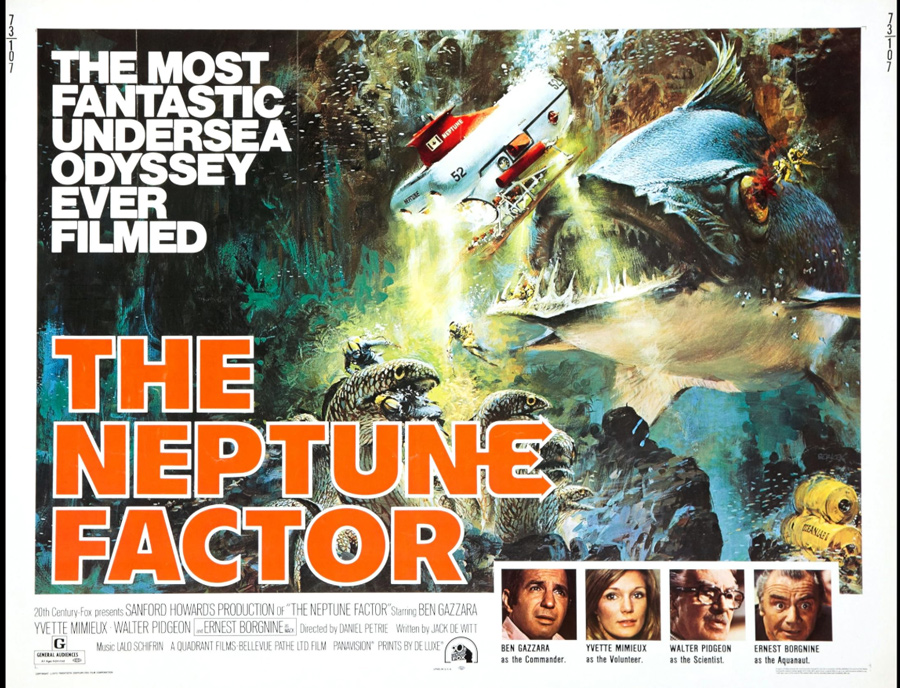
Amazingly, that never came: The pic earned back its production costs through domestic theatrical distribution alone, and the numbers looked good on Fox’s balance sheet at a time when even a modest breakeven was considered a huge win. More importantly, the production was a positive experience that could be shared with other producers about how pleasant making a film in Canada could be.
1973 would be a boom year for Canadian film making, with films like The Neptune Factor satisfying the accountants and The Apprenticeship of Duddy Kravitz getting awards and critical accolades at festivals. The films released that year would be the foundation on which the Canadian film and television industry would expand, to the point where Canada would become known as “Hollywood North.”
The Neptune Factor may be no masterpiece, but it did well enough.
If nothing else, hey, at least they tried…








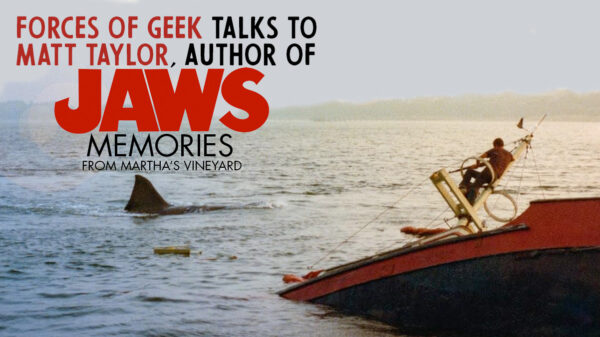


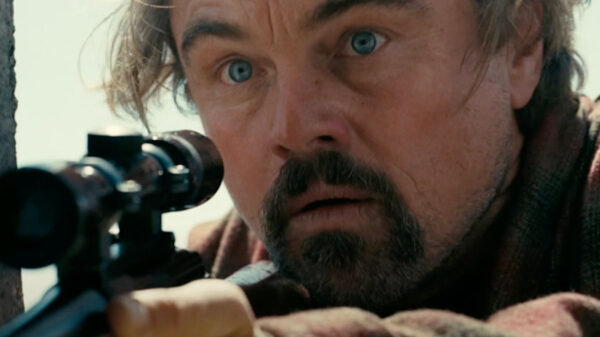












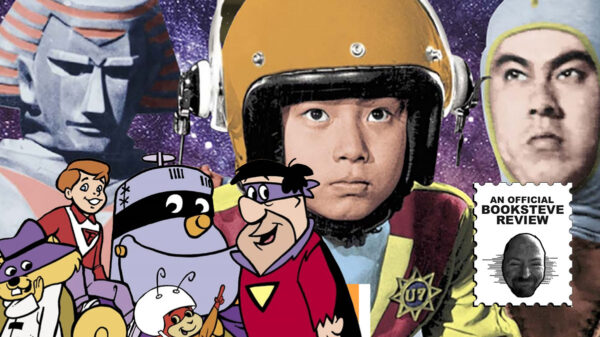


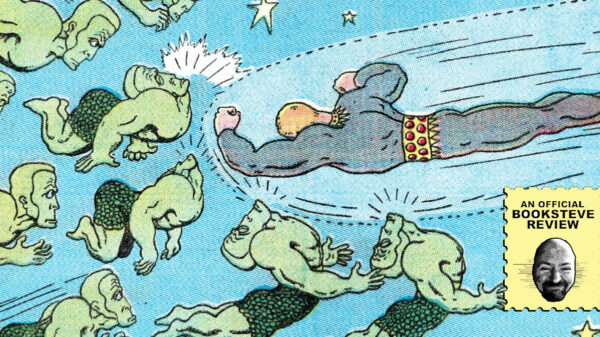
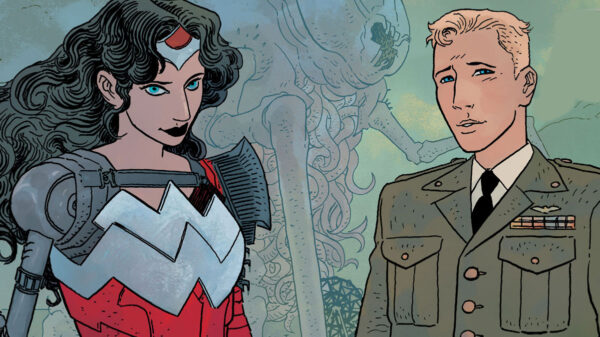









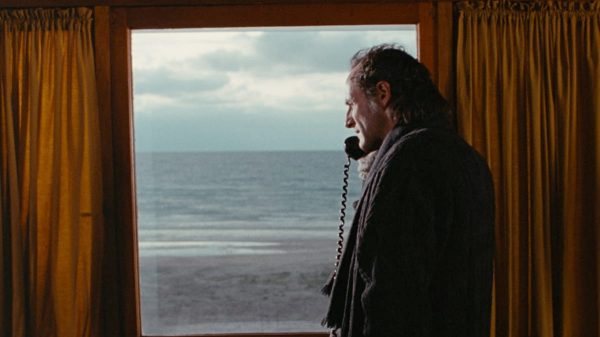















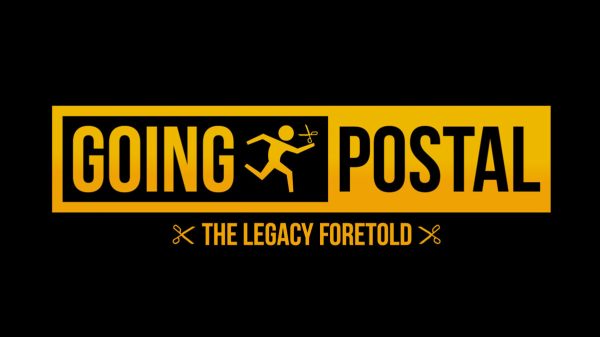
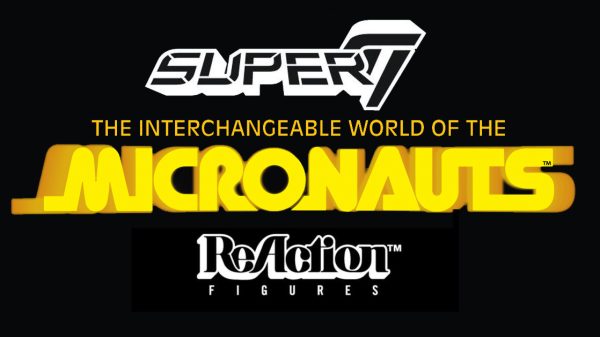
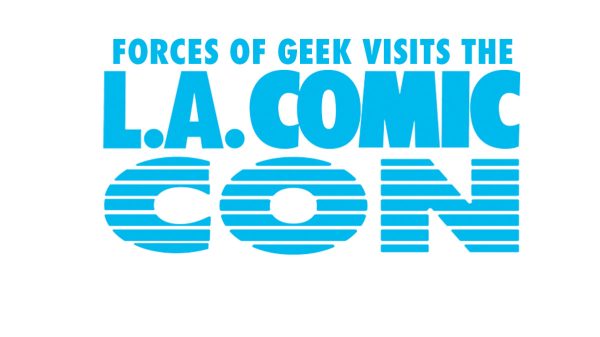



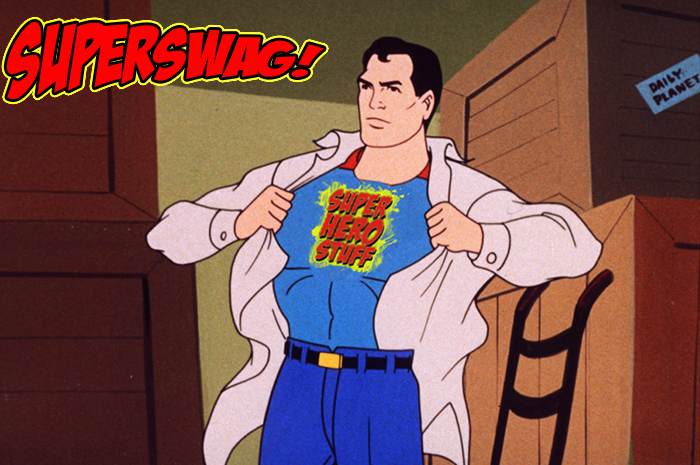











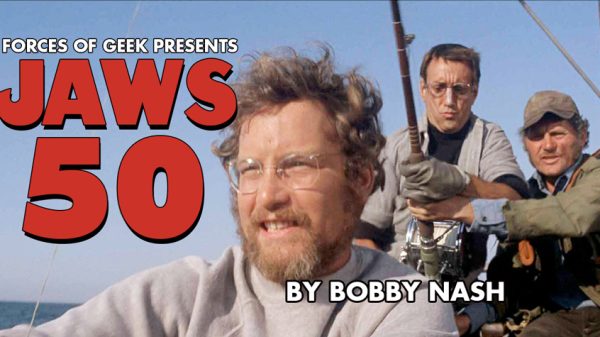









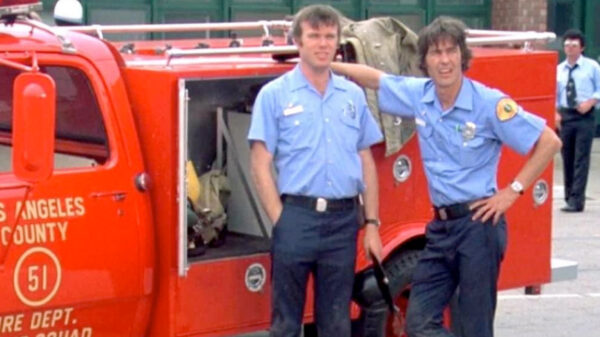
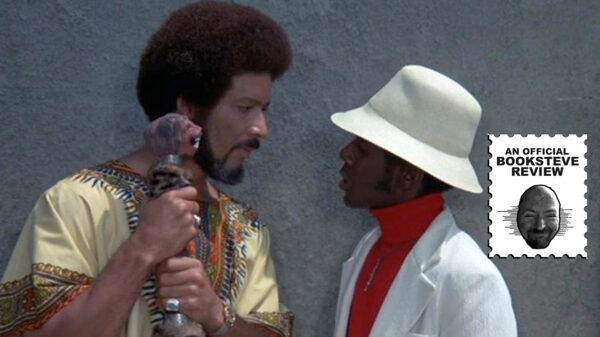
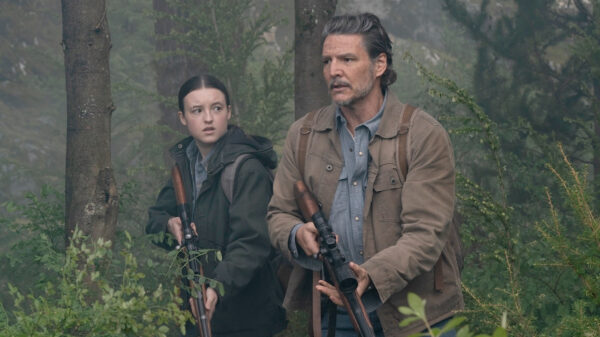












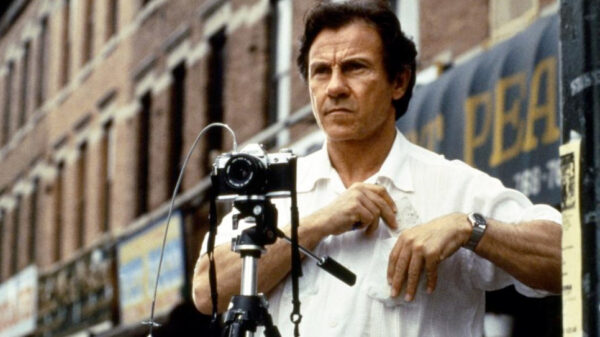
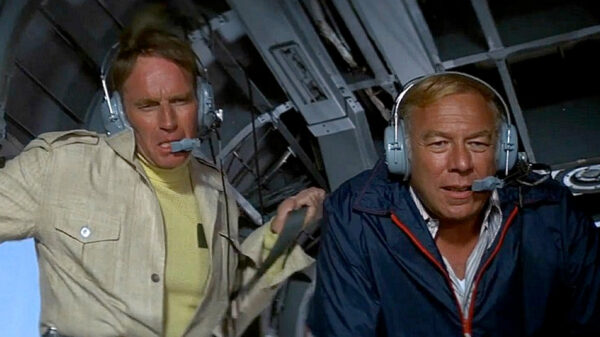




You must be logged in to post a comment Login